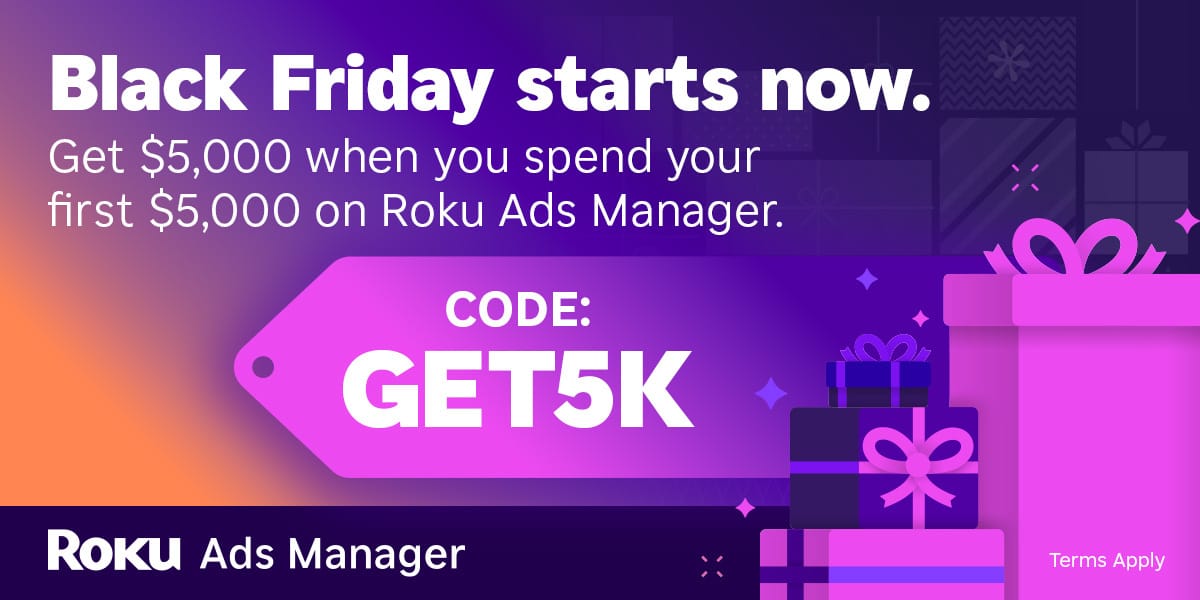A manufacturing CEO spent six weeks evaluating a $50K software purchase. During those six weeks, three competitors launched products his team had been "analyzing” and the market window closed.
The company called it "due diligence" but the more accurate term for this (in most cases) is organizational paralysis.
High-trust organizations make decisions 9.3 times faster than low-trust ones - three days versus four weeks. That gap determines who wins markets and who writes case studies about missed opportunities.
Formula One teams change four tires in under two seconds. Most procurement teams need four weeks for software approval. Red Bull Racing holds the record at 1.82 seconds. Down from 30+ seconds in the 1950s. Each stop involves 20 people with specialized roles, practiced hundreds of times per season.
But speed isn't the lesson to take away from this. Haas Racing's sporting director says: "Doing one in 1.9 seconds won't win the race, but knowing you can consistently do it in 2.4 seconds lets us plan around that number."
Consistency beats raw speed, and predictability enables strategy.
Southwest Airlines applied this in 1972. Facing bankruptcy, they calculated 10-minute turnarounds would let them maintain the schedule with three planes instead of four. They sold the fourth for $500K and made it work. Today, Southwest averages 35 minutes, compared with the industry standard of 45 minutes. That gap adds one to three segments per day, which means more flights, better asset utilization, and lower costs.
Competitive edge is built on decision velocity.
F1 teams and airlines operate in different worlds, but the pattern holds. Fast decisions come from clear systems… and you can build the same capability.
Improving Decision Velocity
How do we improve decision velocity? It’s simple, yet complex.
Start with visibility.
Track how long decisions take from initial proposal to actual action. Pull data on three types: reversible tactical decisions, strategic bets, and emergency responses.
One manufacturing company discovered their "fast" decisions averaged 23 days. Strategic initiatives took 90 days minimum because each decision had to wind its way through seven approval ‘gates’ before being approved. Even worse, three of these gates involved the same two executives.
Apply the 70% confidence rule once you see the patterns. Build course correction mechanisms instead of front-loading endless analysis. Ship at 70% confidence, measure customer response within two weeks, adjust based on actual data.
The toughest change to make for most organizations is distinguishing alignment from consensus. Consensus means everyone agrees with the decision. Alignment means everyone understands the decision and will execute it; even if they would have chosen differently. Get alignment, not consensus. Document the concerns people have, make the call on the direction, get everyone aligned and move forward.
Change what you measure. Stop tracking meeting attendance and start measuring decision-to-action time. Compare those numbers against market speed and competitor actions. A retail company discovered competitors were launching new store concepts in 93 days while their own process took eight months. Seeing how agile their competitors were and starting to measure decision-to-action time introduced more change than any consultant deck could have.
Formula One teams practice the same pit stop sequence hundreds of times per season. In this sequence, everyone knows their role and trust runs deep. In this sequence, execution happens without committees or second-guessing. The 1.82-second record came from thousands of 2-second stops, each analyzed and refined.
That's what speed looks like in practice. Your competitors are moving, learning, and adapting while you're scheduling the next review meeting. The question: will you make your next decision fast enough to matter?
If you found this post helpful, consider sharing it with another executive grappling with AI, technology, and data. If you want to explore AI and other Technology strategies, grab some time on my calendar, and let's chat.
Find your customers on Roku this Black Friday
As with any digital ad campaign, the important thing is to reach streaming audiences who will convert. To that end, Roku’s self-service Ads Manager stands ready with powerful segmentation and targeting options. After all, you know your customers, and we know our streaming audience.
Worried it’s too late to spin up new Black Friday creative? With Roku Ads Manager, you can easily import and augment existing creative assets from your social channels. We also have AI-assisted upscaling, so every ad is primed for CTV.
Once you’ve done this, then you can easily set up A/B tests to flight different creative variants and Black Friday offers. If you’re a Shopify brand, you can even run shoppable ads directly on-screen so viewers can purchase with just a click of their Roku remote.
Bonus: we’re gifting you $5K in ad credits when you spend your first $5K on Roku Ads Manager. Just sign up and use code GET5K. Terms apply.







